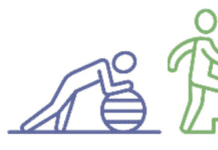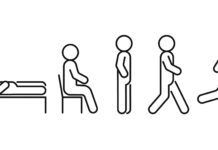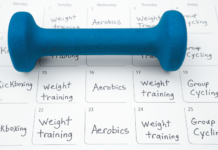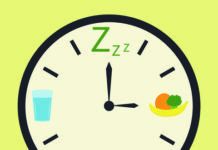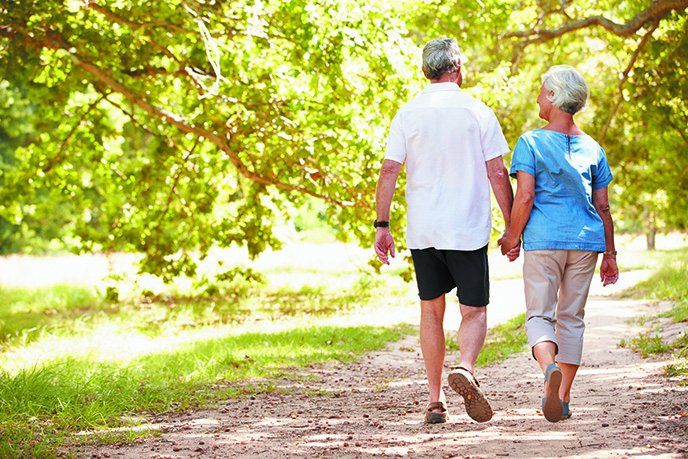Continuing to exercise as you age really can make a difference. Researchers reported in the journal Circulation that even people in their 70s have much lower risk of stroke and heart attack with regular moderate exercise such as walking.
“When older men and women were more active, they did much better – especially with respect to heart and brain health,” says lead author Dariush Mozaffarian, MD, DrPH, dean of Tufts’ Friedman School and editor-in-chief of the Health & Nutrition Letter. “It reassures people that even after age 75, being active can make a big difference.”
Moreover, the types of exercise researchers studied were activities many senior citizens can easily engage in: walking, hiking, biking, swimming, and mowing or raking the lawn. “You don’t need to be an ironman,” says Dr. Mozaffarian. “You can walk or garden – not only have fun, but know you’re protecting your heart and brain.”
THINKSTOCK
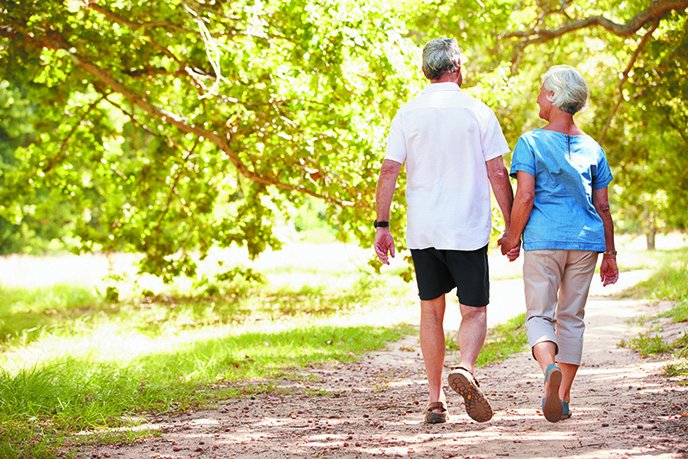

NEVER TOO OLD: The cardiovascular benefits of regular exercise in young and middle-age are well established, but few studies have focused on whether physical activity pays off similarly in your 70s and beyond. Dr. Mozaffarian and his colleagues believe theirs is the first large, community-based study to include enough participants over age 70 to provide statistically strong evidence of the rewards of exercise in older populations.
They used data collected on more than 4,200 men and women enrolled in the Cardiovascular Health Study, average age 73 at baseline, who were initially free of cardiovascular disease. By the end of the 10-year study, participants had experienced more than 1,100 cardiovascular events.
Even among the oldest people in the study, more physical activity was associated with substantially lower risk of heart attacks and stroke. The scientists paid particular attention to walking, noting that while any walking at all appeared to lower risk, intensity and duration of physical activity still counted.
Study participants who were able to walk faster than three miles per hour experienced about half as many cardiovascular events as those who could not. Walkers who covered greater distances or spent more time walking per week were also at lower risk.
BEST ADVICE: Dr. Mozaffarian cautions that the study was not designed to prove cause and effect. It can’t be fully ruled out, he says, that the healthier people without cardiovascular disease were simply able to exercise more. Still, the findings proved to be robust in several sensitivity analyses, including excluding all participants who reported known diseases or any ill health.
Considering all that plus the strong relationship between exercise and heart health in younger adults, Dr. Mozaffarian knows what advice he’d give an older member of his family.
“Some people might say to their 80-year-old grandmother or grandfather, ‘Do whatever you want, eat whatever you want, it doesn’t matter anymore,'” he says. “Our research suggests there’s a continuing substantial benefit to maintaining healthy lifestyles at all ages.”
GET MOVING TO LIVE LONGER:
Getting up and moving even an extra 10 minutes a day could help you live longer, according to new research published in the journal Medicine & Science in Sports & Exercise. Unlike studies relying on self-reported activity levels, subjects wore ultra-sensitive activity trackers, called accelerometers, for seven days. About 3,000 participants, ages 50 to 79, were then followed for mortality over the next eight years.
The least active people were five times more likely to die during that period than the most active participants and three times more likely than those in the middle range for activity.
“When we compare people who exercise the same amount, those who sit less and move around more tend to live longer,” says lead author Ezra Fishman of the University of Pennsylvania. “The folks who were walking around, washing the dishes, sweeping the floor tended to live longer than the people who were sitting at a desk.”
The trackers used for the national health and nutrition survey that generated the data were highly precise, Fishman adds. “Because the device captures the intensity of activity so frequently, every minute, we can actually make a distinction between people who spent two hours a day doing those activities versus people who spent an hour and a half.”
Though the scientists didn’t discover any magic threshold for the amount a person needs to move to live longer, even adding just 10 minutes per day of light activity seemed to make a difference. Replacing 30 minutes of sedentary time with light or moderate-to-vigorous physical activity produced even better results.
“You didn’t have to even get a good sweat to experience the reduced likelihood of mortality,” Fishman says. “Activity doesn’t have to be especially vigorous to be beneficial. That’s the public health message.”
TO LEARN MORE: Circulation, Jan 12, 2016 –
http://circ.ahajournals.org/content/133/2/147
TO LEARN MORE: Medicine & Science in Sports & Exercise –
http://dx.doi.org/10.1249/MSS.0000000000000885
The US governments Physical Activity Guidelines for Americans recommend getting at least:
– 150 minutes per week of moderate activity OR
– 75 minutes per week of vigorous activity OR
– Some equivalent combination.












